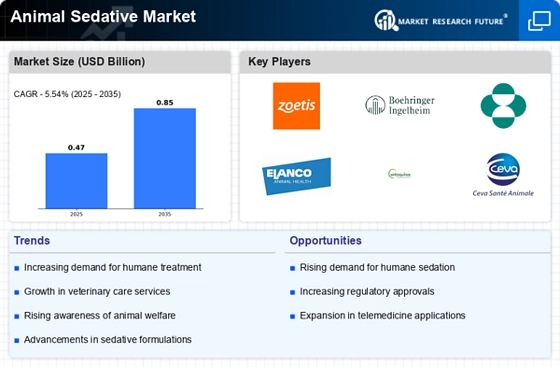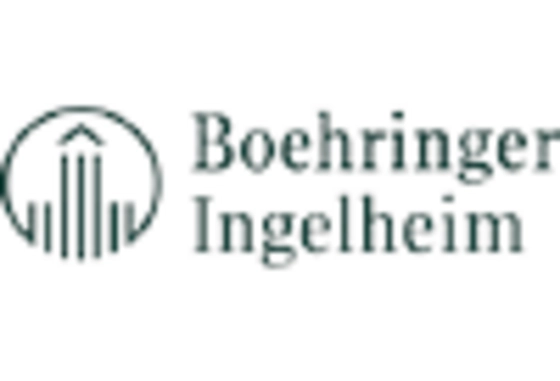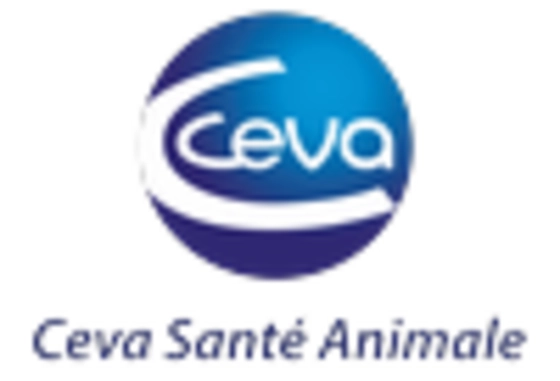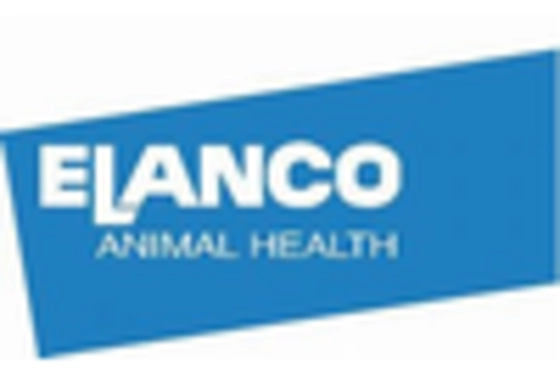Increasing Pet Ownership
The rise in pet ownership appears to be a significant driver for the Animal Sedative Market. As more households adopt pets, the need for veterinary care, including sedation for procedures, has escalated. According to recent statistics, pet ownership rates have surged, with estimates indicating that over 67% of households own a pet. This trend is likely to continue, leading to an increased demand for animal sedatives. Furthermore, as pet owners become more aware of the importance of animal welfare, they may seek sedation options to ensure their pets experience minimal stress during veterinary visits. This growing awareness and the increasing number of pets are expected to propel the Animal Sedative Market forward, creating opportunities for manufacturers and suppliers to meet the rising demand.
Expansion of Veterinary Services
The expansion of veterinary services is anticipated to significantly impact the Animal Sedative Market. As veterinary clinics and hospitals broaden their service offerings, including specialized care and surgical procedures, the need for effective sedation methods becomes increasingly apparent. The establishment of more veterinary practices, particularly in underserved areas, is likely to enhance access to veterinary care, thereby increasing the demand for animal sedatives. Additionally, the trend towards mobile veterinary services may further drive the need for sedatives, as these services often cater to animals that may require sedation for transportation or examination. This expansion in veterinary services is expected to create a favorable environment for the growth of the Animal Sedative Market.
Rising Awareness of Animal Welfare
The growing awareness of animal welfare issues is emerging as a crucial driver for the Animal Sedative Market. As society becomes more conscious of the emotional and physical well-being of animals, there is a heightened demand for humane treatment during veterinary procedures. This awareness encourages pet owners to seek sedation options that minimize stress and discomfort for their animals. Furthermore, educational campaigns and advocacy efforts by animal welfare organizations are likely to influence public perception, leading to increased acceptance of sedation as a necessary component of veterinary care. Consequently, this shift in mindset may result in a higher demand for animal sedatives, thereby propelling the Animal Sedative Market forward.
Advancements in Veterinary Medicine
Technological advancements in veterinary medicine are poised to influence the Animal Sedative Market positively. Innovations in drug formulations and delivery methods have enhanced the efficacy and safety of sedatives used in animals. For instance, the development of newer sedative agents that offer rapid onset and shorter recovery times is likely to appeal to veterinarians and pet owners alike. Additionally, the integration of technology in veterinary practices, such as telemedicine and electronic health records, facilitates better management of sedation protocols. This evolution in veterinary medicine not only improves patient outcomes but also encourages the adoption of sedatives in various procedures. As these advancements continue to emerge, they may significantly impact the growth trajectory of the Animal Sedative Market.
Regulatory Support for Animal Health
Regulatory changes aimed at enhancing animal health and welfare are likely to drive the Animal Sedative Market. Governments and regulatory bodies are increasingly recognizing the importance of animal welfare, leading to the establishment of guidelines that promote the safe use of sedatives in veterinary practices. These regulations may encourage veterinarians to adopt sedation protocols for various procedures, thereby increasing the demand for animal sedatives. Moreover, the focus on research and development in this sector is expected to yield new sedative formulations that comply with regulatory standards. As a result, the Animal Sedative Market may experience growth as stakeholders align with these evolving regulations and prioritize the health and welfare of animals.


















Leave a Comment